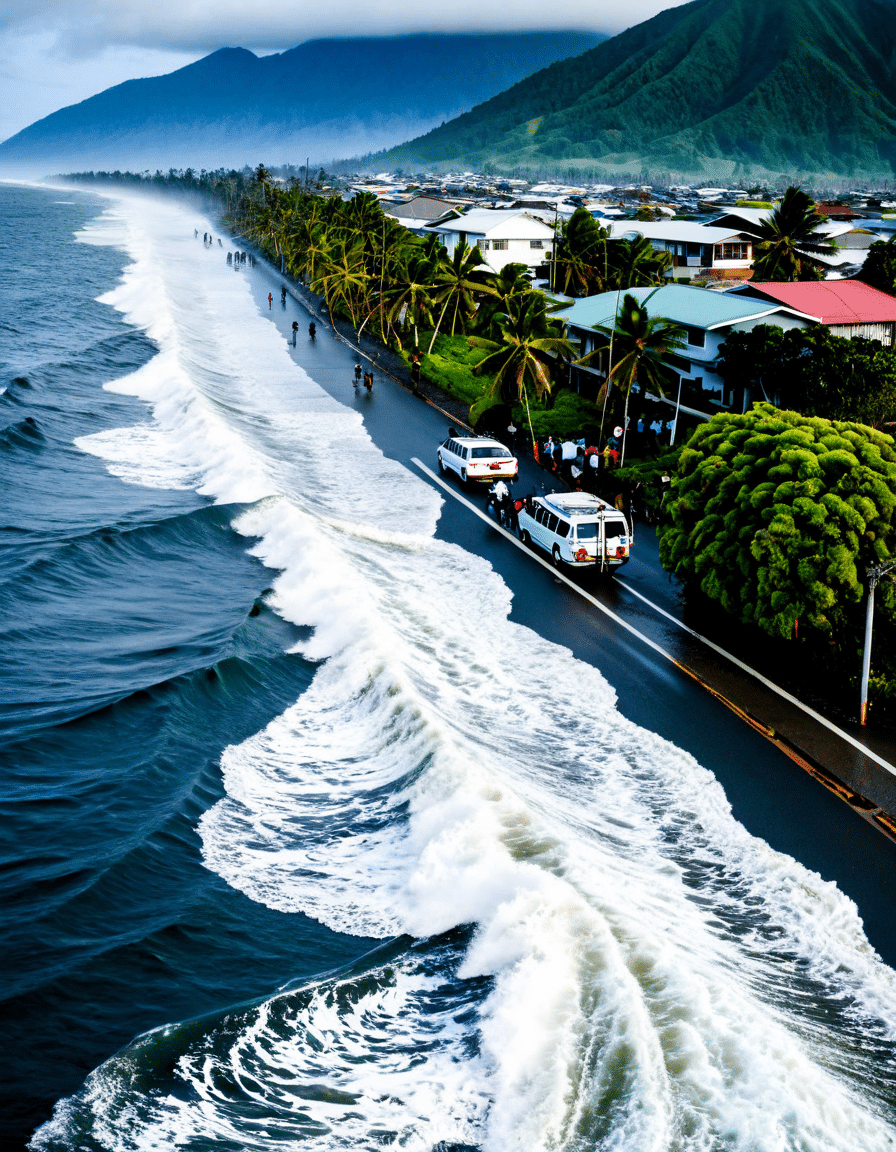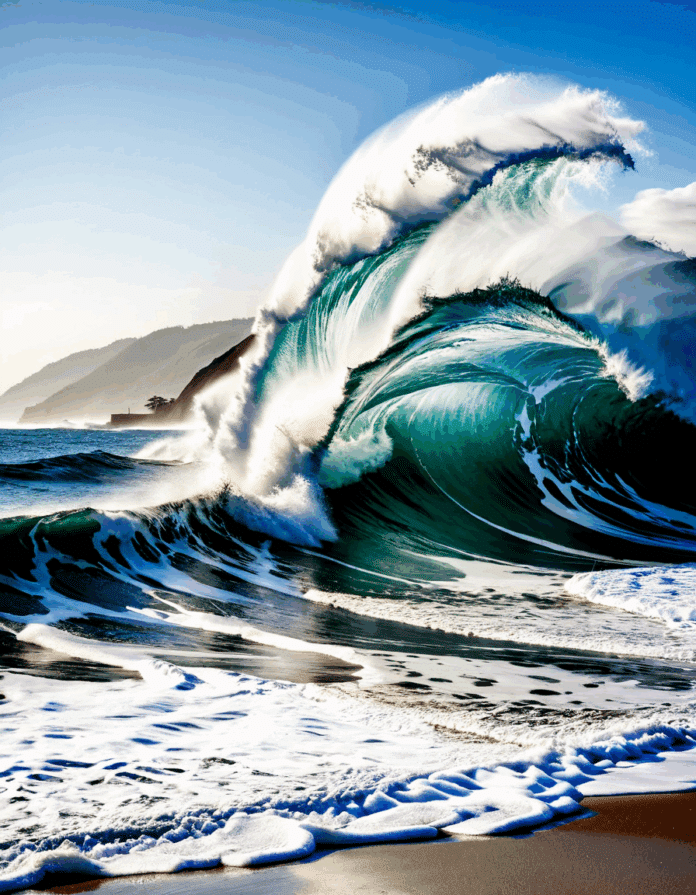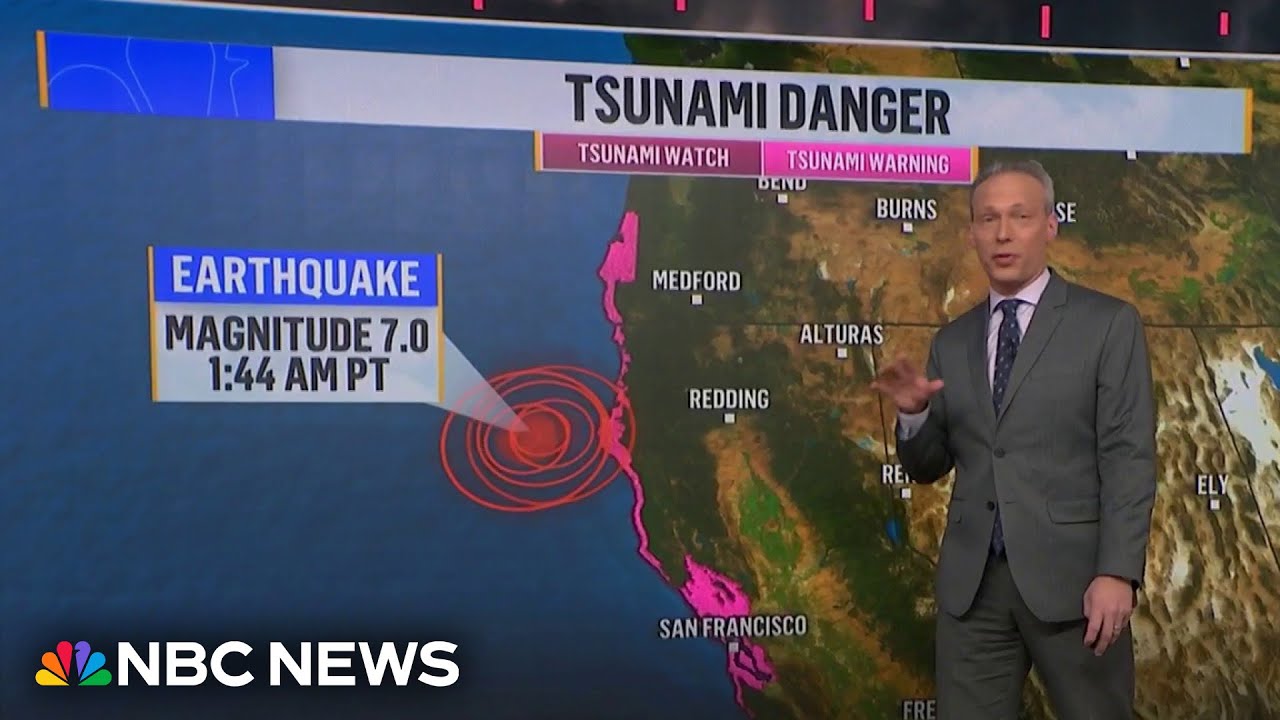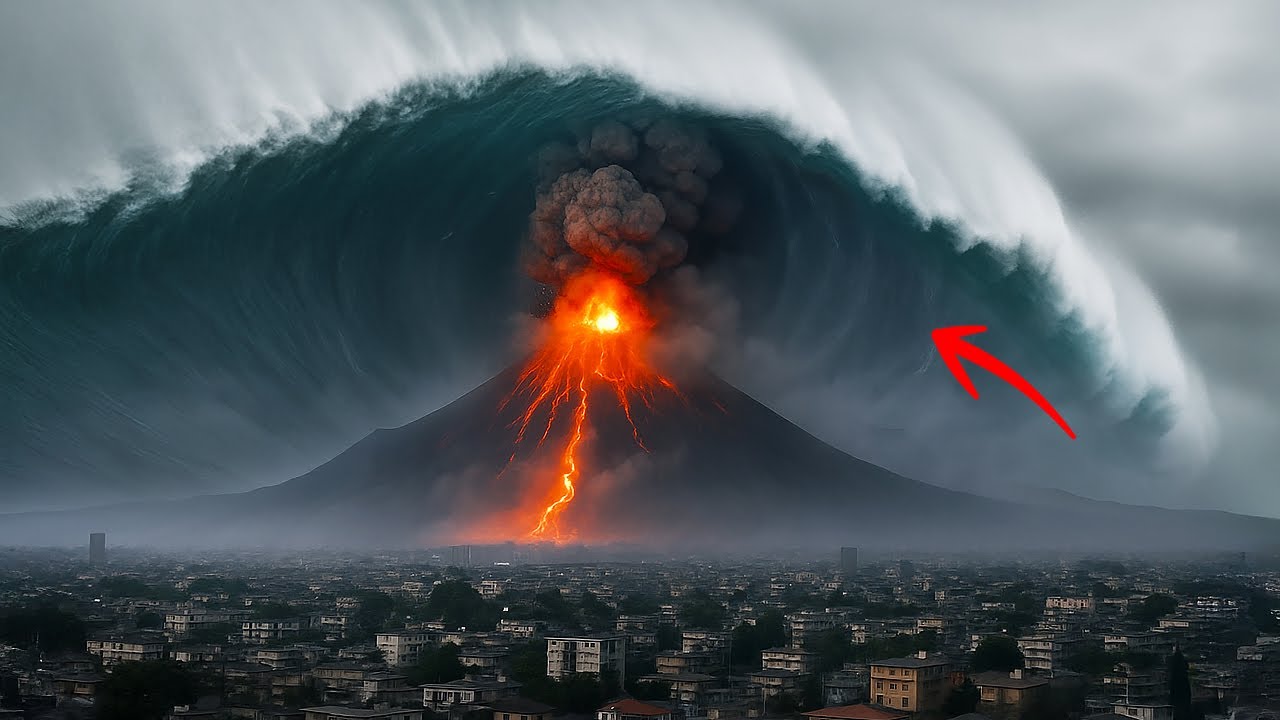When it comes to coastal safety, tsunami warnings play a crucial role in safeguarding lives and property. Every minute counts during such disasters, and the efficiency of these warning systems is vital in ensuring communities are well-informed and prepared. This article navigates the intricacies of tsunami warning systems, explores the challenges they face, and reveals the innovations that can bolster disaster preparedness in a world where the stakes are ever-increasing.
Understanding Tsunami Warning Systems
Tsunami warnings serve as lifelines for coastal communities, alerting them to the peril of massive ocean waves triggered by underwater earthquakes, volcanic eruptions, or landslides. These systems combine sophisticated technology and public awareness to create a safety net capable of minimizing loss and damage during a disaster.
The Mechanics of Tsunami Warning

Top 5 Challenges in Tsunami Warning and Flash Flood Warning Systems
Despite these advances, many obstacles still threaten the effectiveness of tsunami warnings, leaving coastal communities vulnerable to disaster.
1. Incomplete Data Collection
One glaring issue is the gap in data collection caused by insufficient ocean buoy coverage. The Pacific Tsunami Warning Center might monitor much of the Pacific Ocean, but areas such as the South Atlantic remain uncharted territory. This lack of data can delay warnings and jeopardize timely evacuation for coastal populations.
2. Public Awareness and Education
A significant challenge lies in the public’s understanding of tsunami warning systems. The National Tsunami Hazard Mitigation Program’s research shows a hefty number of people can’t distinguish between a “tsunami advisory” and a “tsunami warning.” Without effective educational initiatives, such as those launched by the American Red Cross, many individuals may not react appropriately when warnings arise.
3. Infrastructure Vulnerability
When a tsunami warning is issued, cities often struggle to accommodate mass evacuations. Take Los Angeles, for instance. The city grapples with developing adequate evacuation routes designed to move large numbers of people efficiently during emergencies. Limited infrastructure can lead to chaotic scenarios, increasing the risk to evacuees.
4. Climate Change and Rising Sea Levels
As if the risks weren’t already high enough, climate change makes things worse. A study in Nature Communications illustrates that rising sea levels could exacerbate the inundation areas during tsunami events. The relationship between climate change and natural disasters is tightening, leaving coastal communities at increasing risk.
5. Technological Limitations
While technologies have improved, the haunting reality is that the window of time between earthquake detection and tsunami formation can be criminally short. Research shows that tsunamis can form within mere minutes, revealing a harsh truth: faster data processing and more sophisticated predictive models are desperately needed.
Bridging the Gap: Innovations in Tsunami Preparedness
Recognizing these challenges, numerous innovative practices are emerging to enhance tsunami preparedness across vulnerable regions.
Predictive Analytics in Tsunami Warnings
Artificial intelligence is coming to the rescue. Institutions like Stanford University are harnessing its power to develop algorithms that crunch seismic data more rapidly. This advances the art of predicting tsunami risk and may ultimately cut down the time before a warning is issued.
Enhanced Public Engagement
Engaging the public is crucial, and organizations like the Tsunami Warning and Education Program (Tsunami.gov) are upping their game. Through interactive platforms and even augmented reality, they’re striving to improve community awareness about tsunami preparedness in an engaging, relatable manner.
Multi-Hazard Alerting Systems
Given the overlapping risks of tsunamis and flash floods, some regions are starting to pilot multi-hazard alerting systems. Miami, while grappling with both threats, is working on integrated systems that provide residents with timely alerts for both scenarios. Coordinated responses can lead to a more streamlined approach to disaster management.

The Path Forward: Building Resilient Coastal Communities
With natural disasters on the rise, the integration of innovative technologies, education, and infrastructural changes becomes paramount in managing tsunami risks efficiently. Policymakers must prioritize funding and support for advanced warning systems while encouraging teamwork among government agencies, scientists, and local communities.
It’s not just about surviving catastrophes; it’s about fostering a culture of preparedness that empowers individuals and strengthens community ties. Enhancing coastal defense isn’t merely a local responsibility; it’s a global endeavor. Continuous assessment and adjustment will pave the path to creating resilient coastal communities capable of weathering any storm that may come their way.
In a world where uncertainty looms large, investing in compassionate and informed disaster readiness can make all the difference. Whether it’s about understanding the stark reality that one’s community may face tidal waves of challenges or sharing engaging educational resources that resonate with diverse groups, making strides towards enhanced tsunami warning and flash flood preparedness will undoubtedly save lives.
Tsunami Warning Signals Rising Risks of Disaster
Understanding the Basics of Tsunami Warnings
When we hear the term tsunami warning, the first thought that often pops into our minds is the sheer power and devastation of these natural disasters. Did you know, though, that this term isn’t just about what happens when disaster strikes? It’s a whole system aimed at saving lives. The Pacific Tsunami Warning Center (PTWC) is one of the main entities monitoring seismic activities, alerting communities through a series of signals and notifications. Just like how Annalise Keating skillfully navigates complex legal scenarios, tsunami warning systems engage with intricate data to prompt timely alerts, ensuring that coastal regions can act swiftly.
Another interesting tidbit is that not all tsunamis are triggered by earthquakes. Volcanic eruptions and landslides can also produce these waves. Take the 1998 Papua New Guinea tsunami, for example—a tragic event caused by a landslide rather than an earthquake. It’s similar to how teams adjust their game plans during the Nba Playoffs; sometimes unforeseen circumstances require swift adaptations. This unpredictability only underscores the importance of staying informed about tsunami warnings.
The Role of Technology in Tsunami Alerts
In today’s tech-savvy age, tsunami warning systems have evolved to employ cutting-edge technology, enhancing their response capabilities. Satellite systems, seismic sensors, and even buoys placed in oceans worldwide work together to create an effective early warning system. If you’re familiar with how Superior Grocers keeps their shelves stocked, similar logistics are involved in maintaining these oceanic monitoring systems. They both take teamwork and expertise!
Moreover, smartphone apps and social media have now become crucial in disseminating tsunami warnings. Imagine being alerted about a potential tsunami while you’re out shopping for Prada shoes—technology truly keeps us connected! Understanding these alerts can sometimes be tricky, but taking the time to familiarize yourself with the information can save lives. Just like getting the latest updates on the Texas Rangers Standings—staying informed about these signals can help to prepare and protect communities along coastlines.
Trivia to Amplify Awareness
As we delve deeper into tsunami warnings, here are some fun facts to keep you on your toes. Did you know that a tsunami can travel at speeds of up to 500-600 miles per hour? That’s faster than a cheetah! What’s more, the waves can surge dramatically—up to 100 feet high in severe cases. It’s thrilling to think that, although complex, the dynamics of water can create both beauty and danger, much like watching a gripping drama such as “Take Care of Maya” on Netflix, where emotional highs and lows intertwine.
Lastly, for those interested in financial planning amidst natural disasters, remember that getting a home mortgage includes considering flood zones and associated risks. Consulting reliable sources, like Mbs mortgage services, can help you protect your investments. So, while enjoying some leisure time or browsing online for the latest Redgifs Downloader, keep in mind the importance of understanding tsunami warnings—they’re not just alerts; they’re vital signals for survival.







